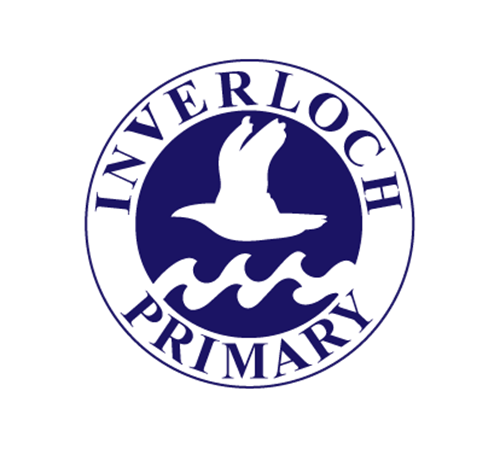Science - Energy transfer
Introduction
At St Mary MacKillop College, a Year 8 Science teacher/Sustainability co-ordinator ensured that all students were engaged, supported and challenged during a practical investigation about the transference and transformation of energy and wind turbines. The Sustainability cross-curriculum priority provided an authentic context for the Australian Curriculum Science content.
Through group work and peer support the teacher provided different entry points to the wind turbine task, each appropriate to the learning needs of students. For some groups, the aim of the lesson was to build a wind turbine to demonstrate the transference of wind energy to electrical energy. For other groups, the focus was to improve the efficiency of an existing wind turbine and to consider the economic, social and environmental impact of other sources of renewable energy.
Learning intention
Students work collaboratively to determine how much available wind energy can be converted into electrical energy. Students think about real-life applications towards a more sustainable future.
Prior to the lesson
Students use flow diagrams to illustrate changes between different forms of energy.
During the lesson
Students work in groups to complete one of two tasks:
- design and test a set of windmill blades to convert available wind energy into electrical energy
- review the performance of pre-made windmill blades to determine why they may be inefficient, and make suggestions for changes.
Planned adjustments
The following adjustments were used:
- the teacher moved around the room to observe how each student engaged with the task
- differentiated tasks promoted higher order thinking
- questioning strategies encouraged students to think about the implications of their discoveries
- structured work teams supported student learning
- peer support engaged students in the learning process.
Dimensions of the Australian Curriculum accessed in this illustration of practice

Learning area content
|
Sub-strand |
Element from Achievement Standard |
Content Descriptions |
|
Biological Sciences |
They identify different forms of energy and describe how energy transfers and transformations cause change in simple systems. They identify variables to be changed, measured and controlled. |
Energy appears in different forms including movement (kinetic energy), heat and potential energy, and causes change within systems (ACSSU155) Science and technology contribute to finding solutions to a range of contemporary issues; these solutions may impact on other areas of society and involve ethical considerations (ACSHE135) Construct and use a range of representations, including graphs, keys and models to represent and analyse patterns or relationships, including using digital technologies as appropriate (ACSIS144) |
General capabilities
|
General Capability |
Sub-element |
Level 1 |
Level 2 |
Level 3 |
Level 4 |
Level 5 |
Level 6 |
|
Critical and Creative Thinking |
Think about thinking |
|
|
|
|
|
|
|
Critical and Creative Thinking |
Transfer knowledge into new contexts |
|
|
|
|
|
|
|
Critical and Creative Thinking |
Consider alternatives |
|
|
|
|
|
|
- From your experience, how do students benefit from working in mixed ability groups?
- From your experience, what are the challenges of mixed ability groups?
- Other than a written report, suggest alternative tasks that can demonstrate student knowledge and understanding of Science.
Similar illustrations of practice
Copyright
These illustrations of personalised learning are not licensed under the creative commons license used for other material on the Australian Curriculum website. Instead, you may view, download, display, reproduce, and distribute these materials in unaltered form only for your personal, non-commercial educational purposes or for the non-commercial educational purposes of your organisation, provided that you retain this copyright notice. This means you cannot edit, modify or adapt any of these materials and you cannot sub-license any of these materials to others. Apart from any uses permitted under the Copyright Act 1968 (Cth), and those explicitly granted above, all other rights are reserved by ACARA.






